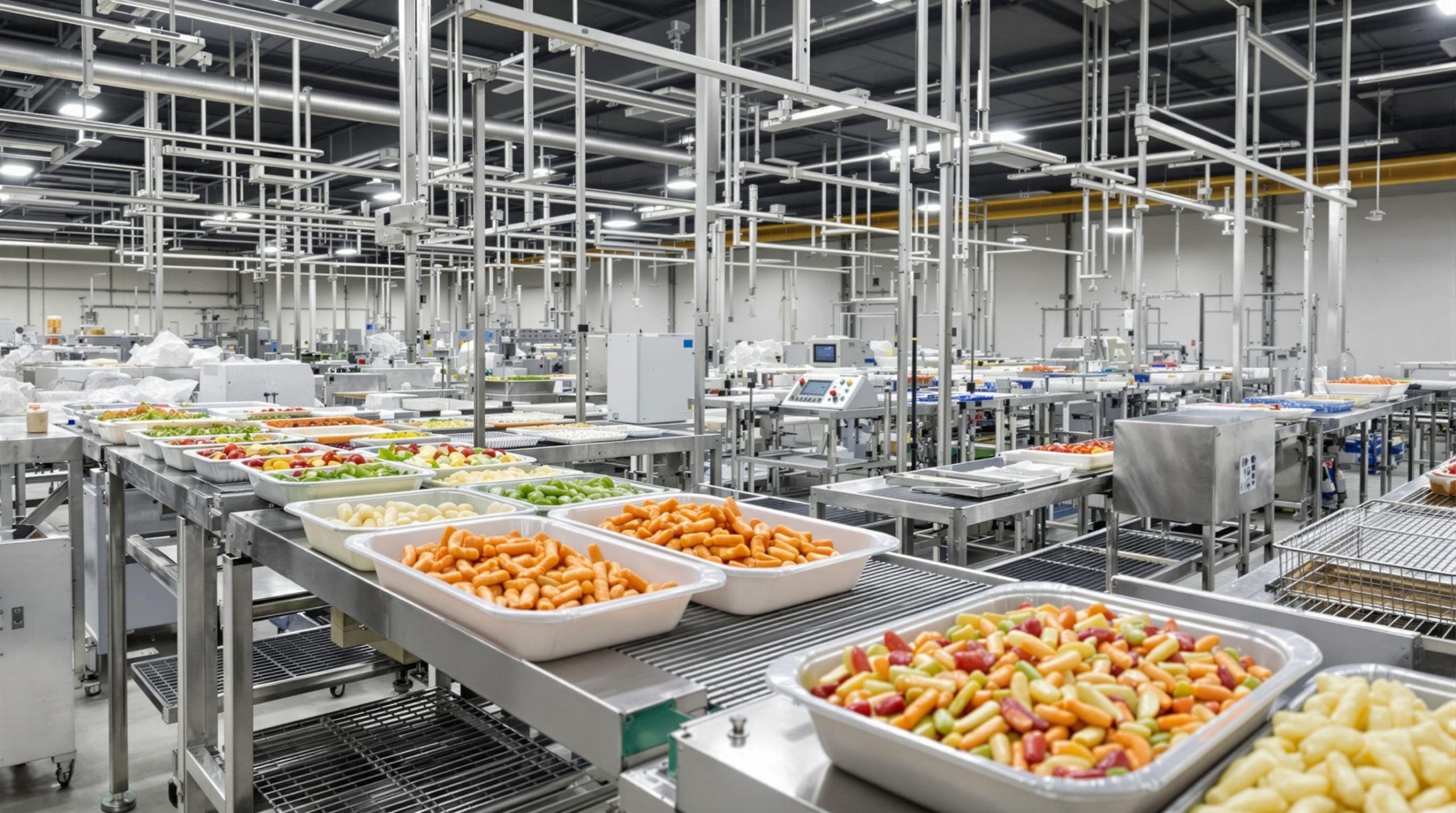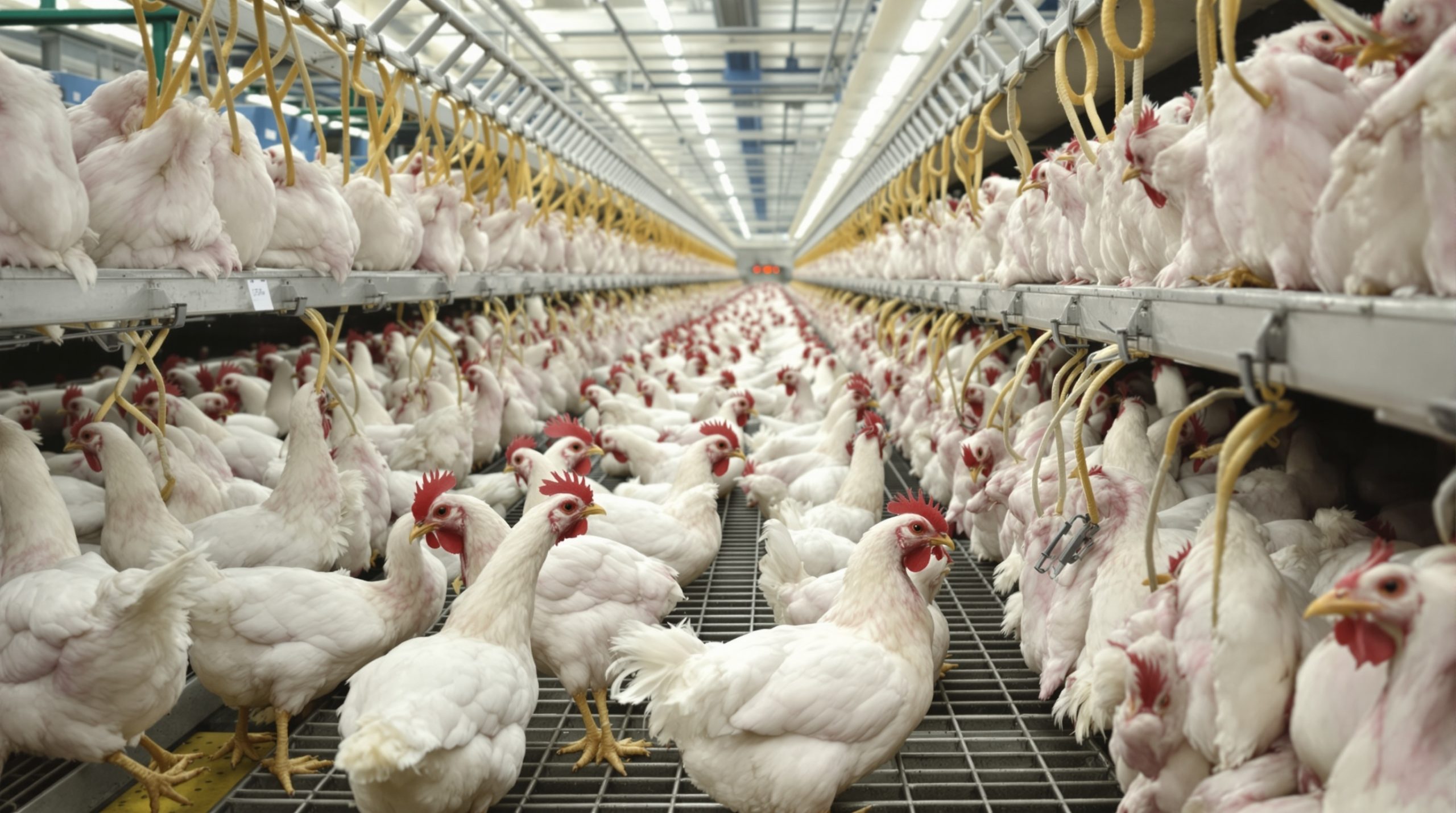In today’s fast-paced world, Ready-to-Eat (RTE) food production has evolved from a niche market segment into a booming global industry. Consumers increasingly demand convenient, high-quality meal solutions that require minimal preparation while maintaining nutritional value and taste. This shift in consumer behavior has catalyzed unprecedented growth and innovation in RTE food production lines worldwide. From advanced automation systems to cutting-edge food safety protocols, manufacturers are reimagining how prepared foods are processed, packaged, and delivered to meet growing market demands while addressing concerns about efficiency, sustainability, and food safety.
The Rising Demand for Ready-to-Eat Food Products
The global RTE food market was valued at approximately $135 billion in 2021 and is projected to reach over $225 billion by 2028, growing at a CAGR of about 7.5%. This remarkable growth is driven by multiple factors reshaping both consumer preferences and production capabilities. Understanding these market drivers is essential for food manufacturers looking to capitalize on this expanding sector, as highlighted in our latest industry insights.
Key Market Drivers
- Lifestyle changes – Increasingly busy schedules have reduced home cooking time
- Urbanization – Growing urban populations seeking convenient meal solutions
- Rising disposable income – Greater spending power for premium convenience foods
- Pandemic effects – COVID-19 accelerated at-home consumption of prepared foods
- Food delivery growth – Expanded delivery services requiring shelf-stable prepared meals
These market forces have not only increased demand but fundamentally changed consumer expectations about RTE food quality, variety, and nutritional value. Modern consumers expect convenience without compromising on taste, health benefits, or sustainability practices.
Evolution of Modern RTE Production Lines
RTE production lines have undergone tremendous transformation from largely manual operations to sophisticated, highly automated systems. This evolution represents one of food manufacturing’s most significant technological leaps in recent decades.
From Manual to Automated: The Technology Shift
Traditional food production lines relied heavily on manual labor for tasks ranging from ingredient preparation to packaging. Modern RTE production lines have dramatically reduced human intervention through advanced automation technologies. This shift has improved not only production efficiency but also product consistency and safety.
Today’s state-of-the-art RTE production facilities employ a combination of:
- Robotic processing systems with advanced vision capabilities
- AI-powered quality control inspection systems
- Continuous flow processing to minimize handling
- High-pressure processing (HPP) and other non-thermal preservation technologies
- Fully automated packaging and palletizing systems
These technological innovations allow manufacturers to achieve production volumes that would have been impossible just a decade ago, while maintaining strict quality standards.
Critical Components of Modern RTE Food Production Lines
Creating efficient, food-safe RTE production lines requires careful integration of multiple specialized components. Each element in the production chain must work seamlessly with others to ensure consistent quality, safety, and efficiency.
Ingredient Handling and Preparation Systems
The front end of RTE production involves sophisticated ingredient handling systems that include:
- Automated weighing and dispensing stations
- Customized washing and sanitization equipment
- Precision cutting and dicing technologies
- Temperature-controlled preparation areas
Thermal Processing Equipment
Cooking and preservation represent critical control points in RTE production. Modern thermal processing equipment includes:
- Continuous flow cooking systems
- Spiral ovens and chillers
- Steam injection cooking technologies
- Multi-zone cooking chambers for precise temperature control
Advanced Packaging Technologies
Packaging innovations have been fundamental to extending shelf life and maintaining food quality. Current technologies include:
- Modified Atmosphere Packaging (MAP)
- Vacuum skin packaging
- Active and intelligent packaging systems
- Automated high-speed filling and sealing lines
Food Safety Innovations in RTE Production
With RTE foods consumed without additional cooking, food safety becomes paramount. Modern production lines incorporate multiple interventions to ensure product safety:
Pathogen Control Technologies
Leading manufacturers implement a multi-hurdle approach to food safety:
- High-Pressure Processing (HPP) – Uses extreme pressure to inactivate pathogens while maintaining freshness
- UV and pulsed light treatments – Surface decontamination without heat
- Antimicrobial interventions – Surface treatments and ingredient solutions
- Advanced metal detection and X-ray inspection – Detecting physical contaminants
Integrated Food Safety Management Systems
Beyond equipment, comprehensive food safety management includes:
- Real-time monitoring and verification systems
- Environmental sampling programs
- Advanced traceability technologies
- Hygienic design principles throughout the facility
Efficiency and Sustainability in Modern RTE Production
Today’s RTE manufacturers face dual challenges: improving operational efficiency while reducing environmental impact. Leading companies are addressing these challenges through innovative approaches to production design and resource management.
Calculating the financial impact of production line improvements is crucial for strategic decision-making. Manufacturers can utilize our free ROI & Carcass Balance Calculator to quantify potential savings from equipment upgrades or process modifications.
Resource Optimization Technologies
Modern RTE production lines incorporate numerous technologies to minimize resource consumption:
- Water recirculation and treatment systems
- Heat recovery from cooking and cooling processes
- Energy-efficient refrigeration technologies
- Waste stream reduction and by-product utilization
Production Flexibility and Quick Changeover
As product variety increases, production flexibility has become essential. Modern lines feature:
- Modular equipment designs for rapid reconfiguration
- Digital recipe management systems
- Automated cleaning-in-place (CIP) systems for fast sanitization
- Quick-change tooling for different product formats
Integration of Industry 4.0 in RTE Production
The digital transformation of food manufacturing is particularly evident in RTE production. Industry 4.0 principles are reshaping how production lines operate, communicate, and evolve.
Data-Driven Production Management
Data analytics and machine learning are revolutionizing production control through:
- Real-time performance monitoring dashboards
- Predictive maintenance systems to prevent downtime
- Quality trend analysis for continuous improvement
- Demand forecasting integration with production planning
Connected Production Ecosystems
Modern RTE facilities function as interconnected systems where:
- Equipment communicates status and performance metrics
- Supply chain systems integrate with production planning
- Quality management data flows automatically to compliance systems
- Remote monitoring enables specialist oversight without physical presence
Future Trends in RTE Food Production
The evolution of RTE production continues at an accelerating pace. Several emerging trends will likely shape the next generation of production systems:
- Advanced robotics and cobots – Working alongside human operators for complex tasks
- 3D food printing – Custom product creation with precise nutrition profiles
- Blockchain integration – Enhanced traceability and supply chain transparency
- Autonomous production cells – Self-optimizing production units
- Personalization technologies – Mass customization of RTE products
Challenges and Considerations for RTE Manufacturers
Despite technological advances, RTE manufacturers face significant challenges in implementing and operating modern production lines:
Implementation Challenges
- High initial capital investment requirements
- Complex integration of multiple technologies
- Workforce training and transition management
- Regulatory compliance across different markets
Operational Considerations
- Maintaining food safety while increasing throughput
- Balancing automation with production flexibility
- Managing increased technical complexity
- Addressing evolving consumer preferences
Navigating these challenges requires specialized expertise. Manufacturers exploring upgrades or new facilities can benefit from consulting with industry specialists to develop optimal solutions for their specific needs.
Conclusion
The remarkable growth in Ready-to-Eat food production reflects fundamental shifts in consumer behavior and technological capabilities. Modern RTE production lines represent the convergence of multiple innovations in automation, food safety, sustainability, and digital integration. As the market continues to expand, manufacturers who successfully implement these advanced production systems will be positioned to capture significant market share while meeting evolving consumer expectations for convenience, quality, and sustainability.
For manufacturers looking to upgrade existing facilities or design new RTE production lines, expert guidance can be invaluable in navigating the complex landscape of technologies and regulatory requirements. To discuss your specific production challenges and opportunities, contact our team of specialized consultants for a personalized assessment of your RTE manufacturing needs.
References
[1] Global Ready-to-Eat Food Market Report – https://www.grandviewresearch.com/industry-analysis/ready-to-eat-food-market
[2] Food and Agriculture Organization (FAO) – Food Safety Technical Toolkit for RTE Foods – https://www.fao.org/food-safety/food-control-systems/en/
[3] Journal of Food Engineering – Innovations in Ready-to-Eat Food Processing – https://www.sciencedirect.com/journal/journal-of-food-engineering
[4] Food Manufacturing Magazine – Industry 4.0 in Food Processing –



